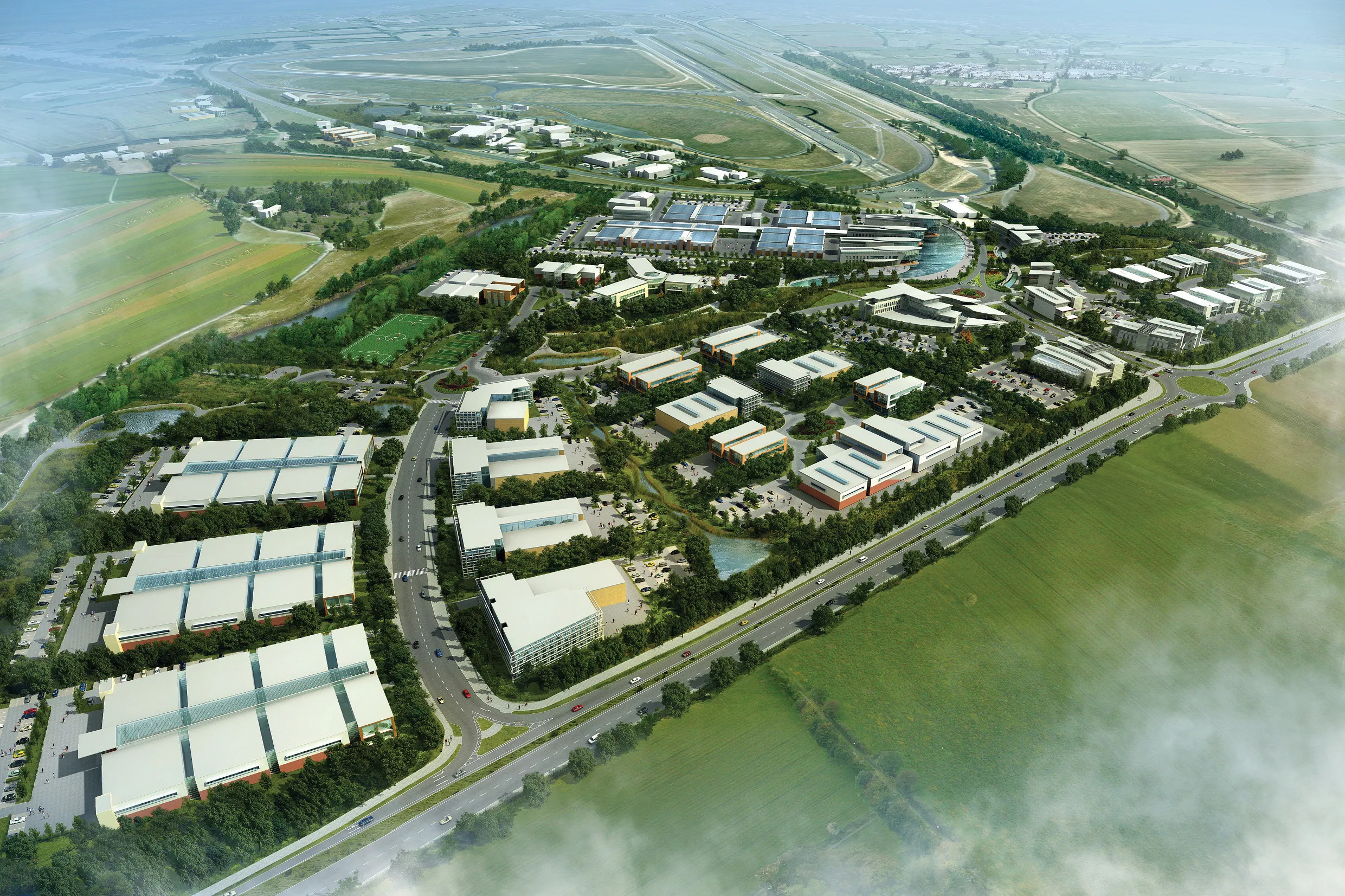New analysis from Frost & Sullivan says that the electric vehicle (EV) charging station market in North America has grown immensely, helped along by favourable government level (federal, state and municipal) incentives and subsidies for the purchase of EVs. The government is extending these plans to the installation of charging station and funding programmes such as ECOtality's EV project, which is trying to install electric vehicle charging infrastructure in six major states.
July 27, 2012
Read time: 3 mins
RSSNew analysis from Frost & Sullivan says that the electric vehicle (EV) charging station market in North America has grown immensely, helped along by favourable government level (federal, state and municipal) incentives and subsidies for the purchase of EVs. The government is extending these plans to the installation of charging station and funding programmes such as 4133 ECOtality's EV project, which is trying to install electric vehicle charging infrastructure in six major states.
The report, Strategic Technology and Market Analysis of Electric Vehicle Charging Infrastructure in North America, finds that there will be approximately 4.1 million charging points by 2017. The most common ones will be the level 1 charging stations, as every EV sold will have a level 1 charging cord included in the vehicle. Level 1 charging station can be plugged in a household socket which takes approximately 8 to 10 hours to charge the vehicle and does not involve any installation cost. About 71 per cent of the charging stations are expected to be level 1 followed by level 2, which will account for 27 per cent of the market share by 2017. Nearly 87 per cent of the EVs are expected to be charged in residential locations, as they will be parked in the garage for 10 to 12 hours in a day.
"EVs are more expensive than conventional vehicles, therefore, federal government is granting customers as much as $7,500 in incentives to purchase an EV," said Frost & Sullivan research associate Prajyot Sathe. "Incentives include discounts on the purchase of EVs, tax credits or exemption and other advantages such as usage of heavy occupancy vehicle (HOV) lanes and free parking."
The charging infrastructure is expected to grow at a compound annual growth rate (CAGR) of 128.12 per cent, due to the currency of the 'green' concept and oil prices' volatility. Attracted by its potential and low entry barriers, participants are emerging from multiple industries such as technology, vehicle manufacturers, and utilities.
Even while offering substantial opportunities, the EV charging infrastructure market is plagued by issues typical to a nascent market. Participants are looking for solutions to ensure standardisation of charging systems in vehicles, charging stations, and business models. EV owners are also inconvenienced by the low access to charging stations and the 8 to 10 hours needed to charge their vehicles at level 1.
However, continuous R&D will help overcome these challenges in the next two to three years. As the market is still evolving, participants are in the process of identifying the scope of development of technologies and economically viable business models.
"Participants are introducing various strategies such as providing EV charging facilities in restaurants, leisure places and malls as a value-added service to customers," said Sathe. "They also adopt various business models such as subscription and pay-per-use to attract more buyers and make the most out of the market's potential."
The report, Strategic Technology and Market Analysis of Electric Vehicle Charging Infrastructure in North America, finds that there will be approximately 4.1 million charging points by 2017. The most common ones will be the level 1 charging stations, as every EV sold will have a level 1 charging cord included in the vehicle. Level 1 charging station can be plugged in a household socket which takes approximately 8 to 10 hours to charge the vehicle and does not involve any installation cost. About 71 per cent of the charging stations are expected to be level 1 followed by level 2, which will account for 27 per cent of the market share by 2017. Nearly 87 per cent of the EVs are expected to be charged in residential locations, as they will be parked in the garage for 10 to 12 hours in a day.
"EVs are more expensive than conventional vehicles, therefore, federal government is granting customers as much as $7,500 in incentives to purchase an EV," said Frost & Sullivan research associate Prajyot Sathe. "Incentives include discounts on the purchase of EVs, tax credits or exemption and other advantages such as usage of heavy occupancy vehicle (HOV) lanes and free parking."
The charging infrastructure is expected to grow at a compound annual growth rate (CAGR) of 128.12 per cent, due to the currency of the 'green' concept and oil prices' volatility. Attracted by its potential and low entry barriers, participants are emerging from multiple industries such as technology, vehicle manufacturers, and utilities.
Even while offering substantial opportunities, the EV charging infrastructure market is plagued by issues typical to a nascent market. Participants are looking for solutions to ensure standardisation of charging systems in vehicles, charging stations, and business models. EV owners are also inconvenienced by the low access to charging stations and the 8 to 10 hours needed to charge their vehicles at level 1.
However, continuous R&D will help overcome these challenges in the next two to three years. As the market is still evolving, participants are in the process of identifying the scope of development of technologies and economically viable business models.
"Participants are introducing various strategies such as providing EV charging facilities in restaurants, leisure places and malls as a value-added service to customers," said Sathe. "They also adopt various business models such as subscription and pay-per-use to attract more buyers and make the most out of the market's potential."








